24th September 2021
The sweet smell of flouve essential oil, derived from hay, is a signature scent for Payan Bertrand

22nd December 2021
Every December (or November for the keener among us) we dust off the baubles and fill our homes with festive cheer. The days get colder and shorter and we can smell Christmas in the air. But what are those smells? What chemicals give us the smell of Christmas?
The first sign of Christmas is Christmas trees. Popping up beautifully decorated with lights and baubles, displayed proudly in our window. For those that invest in a real tree each year you’ll know rich, pine smell. In ancient times, some countries believed that evergreen boughs over their doors and windows would keep away evil spirits and illness. It wasn’t until the 16th Century that Germany are thought to have started the Christmas tree tradition.
There are many types of Christmas tree, but the most common in the UK is the Norwegian Spruce. This is where our range of Vanillin is extracted from! Each species will have a slightly different ratio of chemicals, but all pine smells come from terpenes
Pinene is the most dominant terpene in pine trees. It has two naturally occurring isomers – α-pinene and β-pinene. These are both components of a resin that pine trees produce in response to wounds. It is the β-pinene that contributes to the woody fragrance.
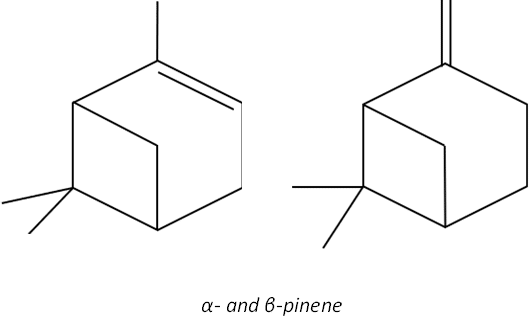
Another important component is Bornyl Acetate, often referred to as the “heart of pine”. Bornyl Acetate is an ester found in pine and fir trees that produces a rich, fresh pine odour
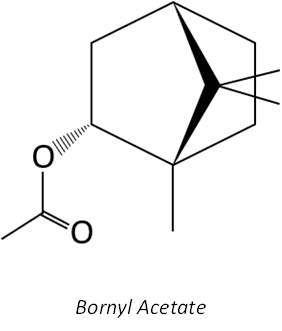
Peppermint gives the classic Christmas candy cane its traditional flavour. Why we relate peppermint to Christmas has many theories, but it is not entirely clear. It has been suggested that its palette cleansing properties may be a factor, helping to cut through those rich Christmas flavours. Peppermint also has anti-inflammatory properties that can calm indigestion after the Christmas feast. Another theory stems from its main component…
Peppermint has a high menthol content along with menthone and menthyl acetate. Chemical composition will vary based on geographical region as well as processing conditions. Menthol gives peppermint a cooling sensation which we relate to snow and ice.
If you would like to read more about our menthol crystals, please see Stort’s article here.
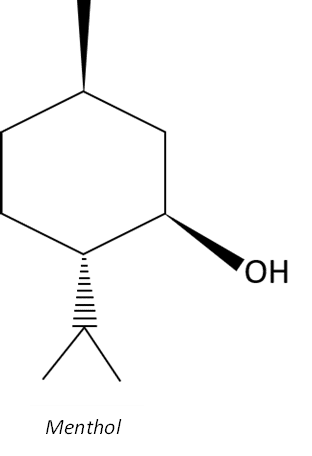
One of my favourite Christmas traditions is the gingerbread house! Gingerbread spices were first brought to central Europe by soldiers from the Middle East. Originally, “gingerbread” meant “preserved ginger” as ginger was used to preserve bread, cakes and pastries. In the 15th century, “gingerbread” referred to the biscuit that we know today.
In the 19th Century, we started to associate gingerbread with Christmas. This was most popular in England, Germany and France. Specifically, gingerbread houses originated from Nuremberg and are thought to have been inspired by the edible house in Hansel & Gretel. Queen Victoria and Prince Albert introduced the gingerbread house to England along with many other Christmas traditions
The main flavours in gingerbread are ginger, cinnamon, nutmeg and cloves. But what chemicals give these spices their unique flavour?
Ginger – 30% of the ginger root essential oil is made up of Zingiberene. When cooked, zingerone is produced which is less pungent and characteristic of the ginger flavour in gingerbread. Fresh ginger has a higher concentration of gingerol, hence the difference in flavours!
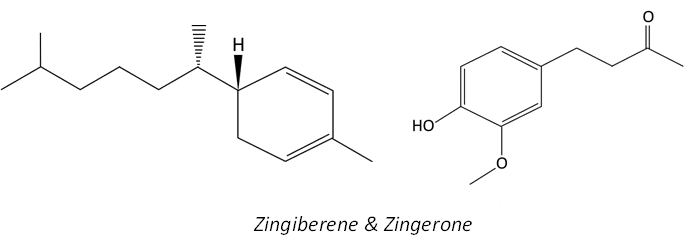
Cinnamon – One of the most prevalent spices used daily all over the world. Primarily, cinnamon contains cinnamaldehyde and trans-cinnamaldehyde which gives the spicy taste and fragrance.
Cinnamon is widely used at Christmas, not just in gingerbread! In medieval times, cinnamon was very important for preservation for a large Christmas feast. This is thought to be why it is still widely used in Christmas foods.
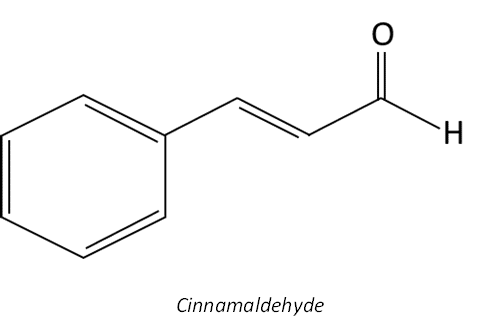
Nutmeg – Interesting fact… Nutmeg comes from the same plant that produces mace! The main components are Sabinene (spicy), 4-terpineol (woody & citrusy) and a small concentration of myristicin (woody). Myristicin is responsible for the hallucinogenic effect of nutmeg.
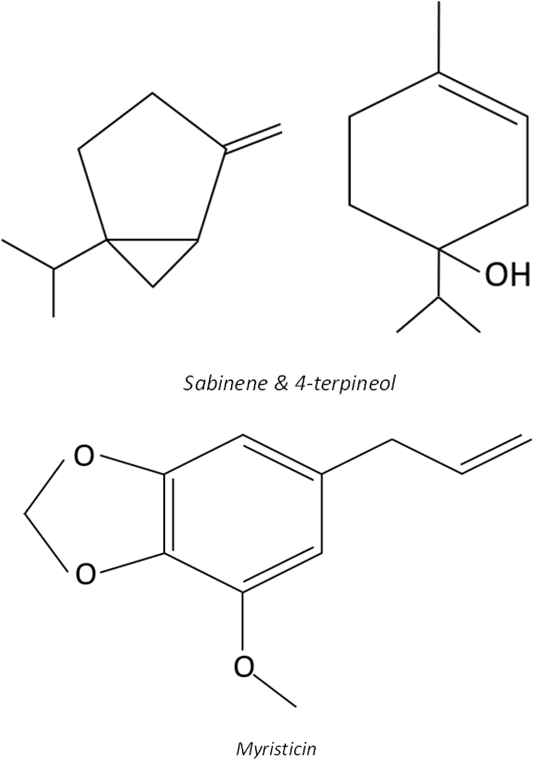
Cloves – Eugenol makes up 75-85% of clove essential oil and gives cloves their antiseptic and anti-inflammatory properties. Although eugenol influences the scent and flavour of cloves, 2-heptane and methyl salicylate also contribute significantly.
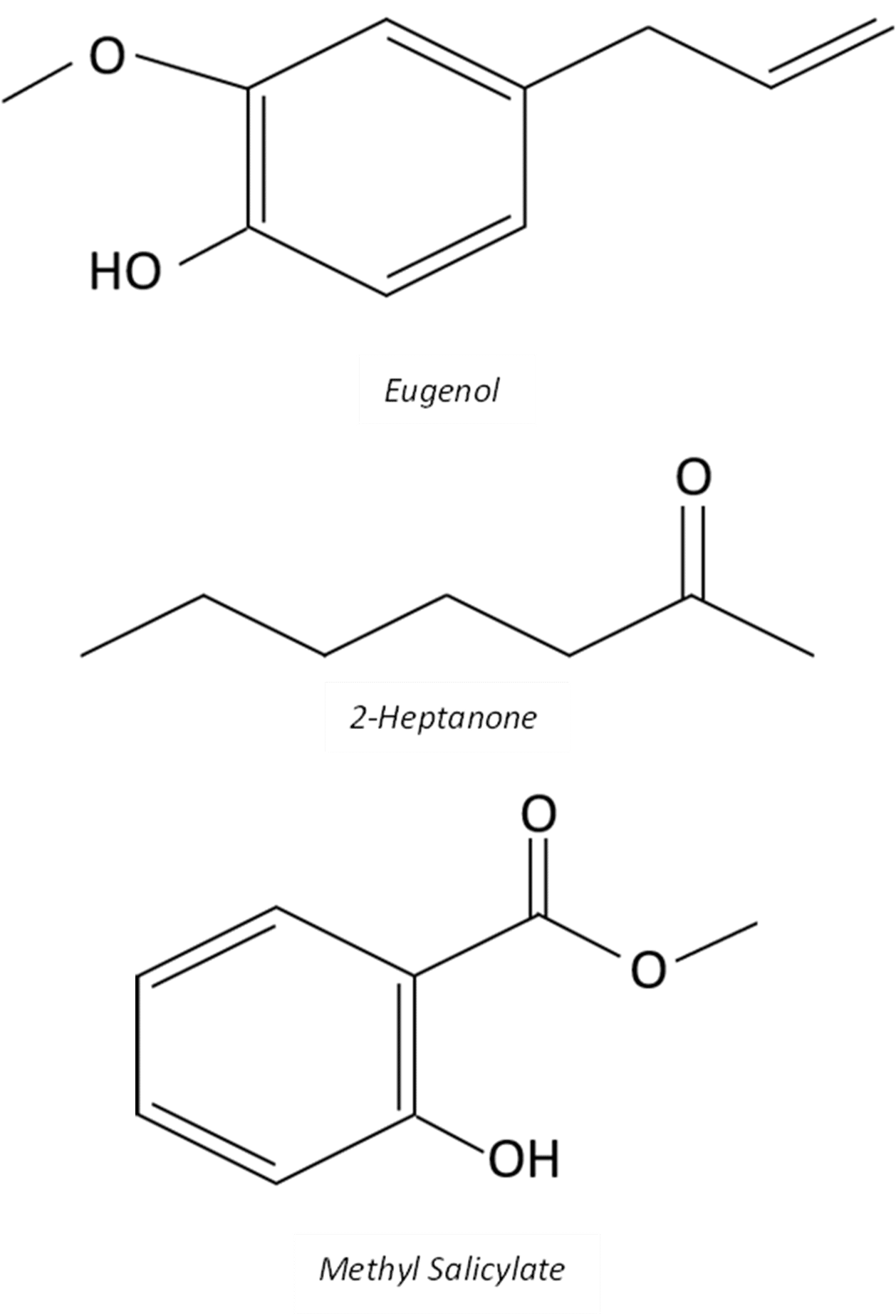
Whatever flavours you indulge in this festive period, we hope that you make the most of it. From all of us at The Stort Group, we wish you a very merry Christmas and a happy new year!